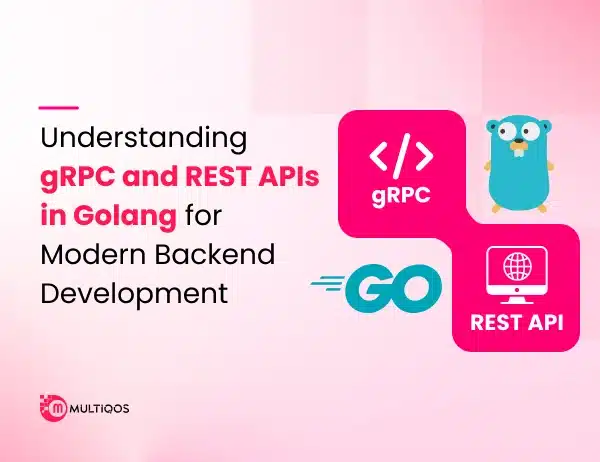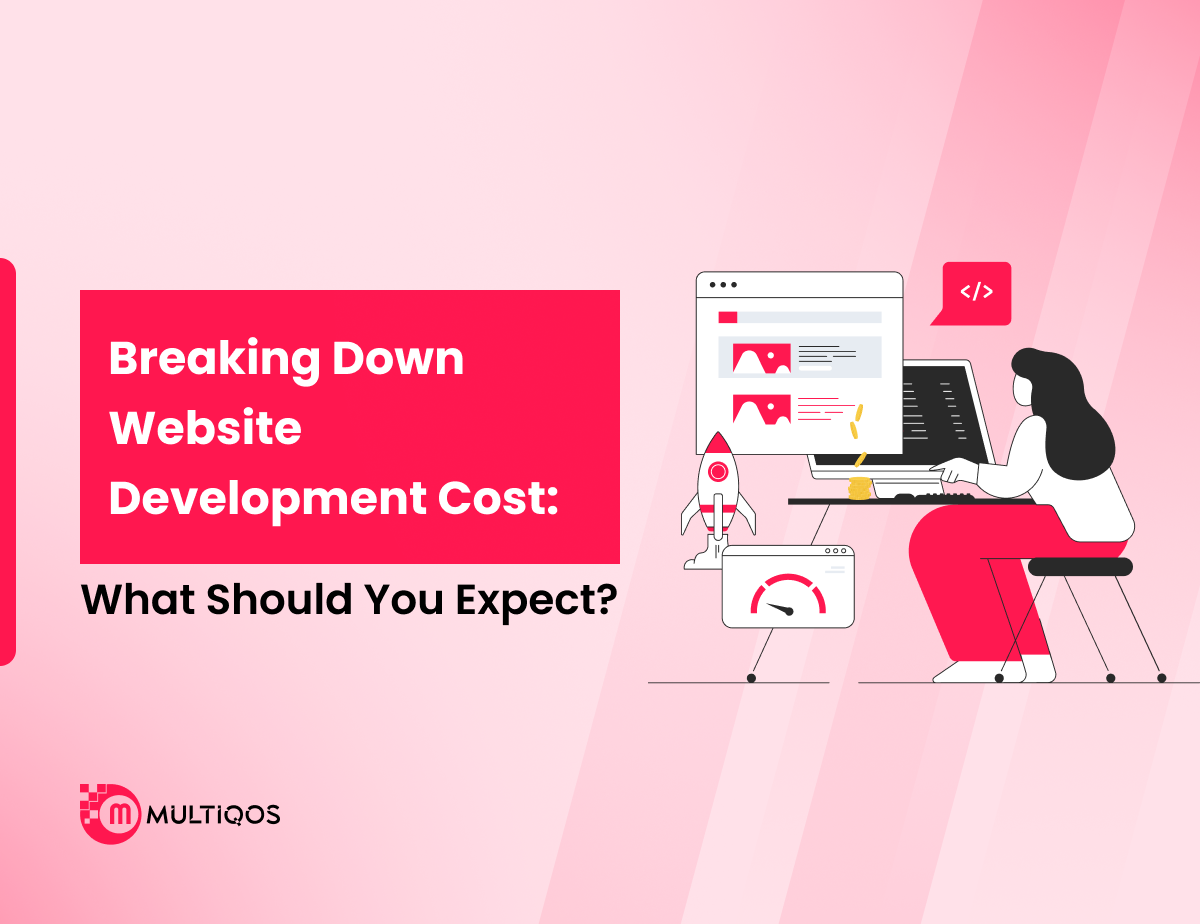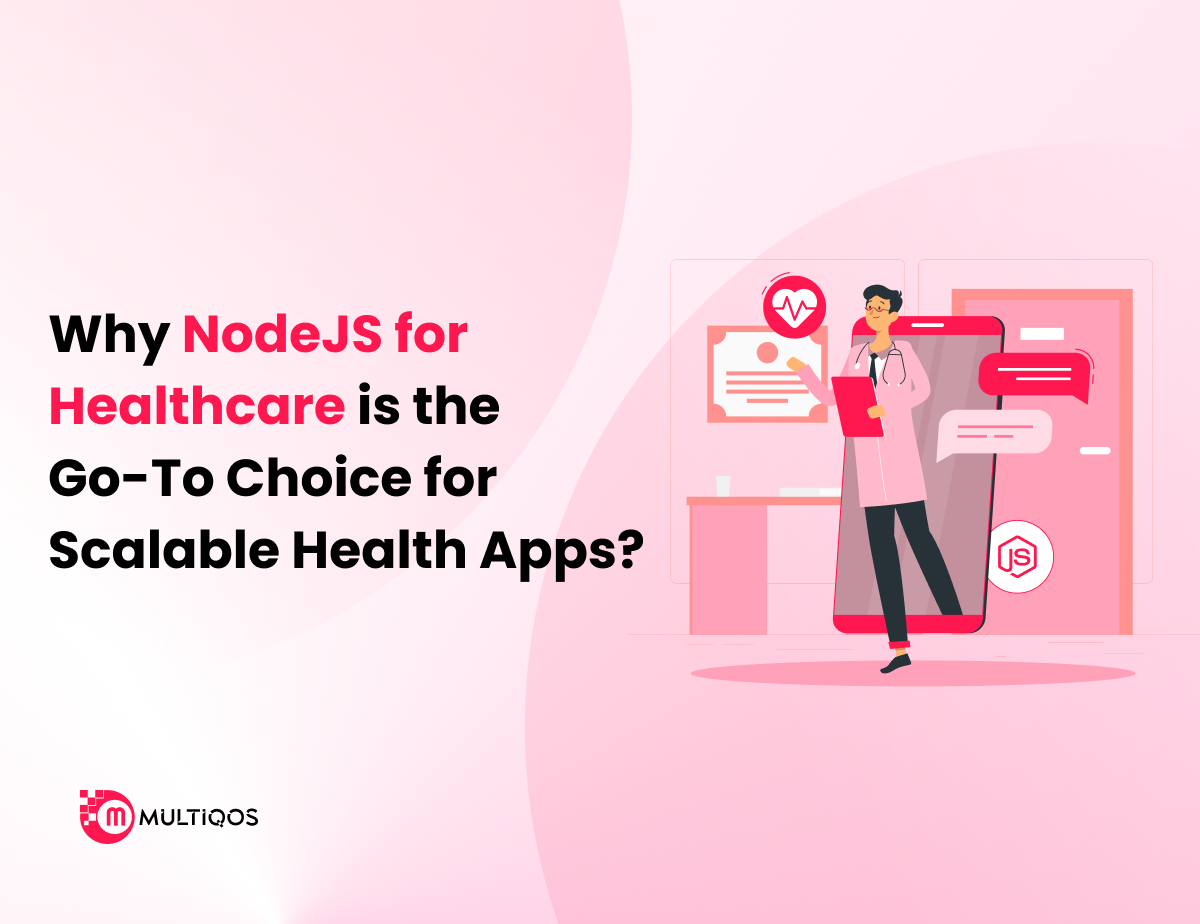Understanding gRPC and REST APIs in Golang for Modern Backend Development

Summary:
In the evolving backend landscape, choosing the right API architecture is crucial, and that’s where gRPC and REST APIs in Golang come into play. This blog delves into how these two powerful communication protocols operate in the Go programming language, highlighting their unique strengths, key differences, and performance implications.
From traditional RESTful services to high-efficiency gRPC implementations, you’ll gain a deeper understanding of how each fits into modern backend systems. Whether you’re building microservices or designing scalable backend solutions, mastering gRPC and REST APIs in Golang is essential for delivering high-performance applications.
Introduction
These days, backend development isn’t just about getting things done—it’s about doing it more quickly, efficiently, and in a way that can keep up as things grow. APIs are at the center of it all, and if they’re not built right, the whole system can slow down. That’s where the gRPC and REST APIs in Golang come into the picture. Developers bend on bungling for their speed and simplicity, but also because it handles many procedures at once, without getting sweaty. Depending on what you are planning to build, you can use REST to seamlessly work on it or demand structured gRPC to exactly deliver what you’re expecting.
In this post, we will cover the concepts of gRPC and REST APIs in Golang, why both these concepts can be integrated, and why it’s worth using them when it comes to building backend systems in the real world.
What is gRPC?
gRPC is a tool that helps different services talk to each other faster than, say, REST. Pretty sure Google came up with it. You usually see it used when people are working with Golang for microservices that need to pass data back and forth all the time.
The key difference is that it doesn’t use JSON, unlike REST. This protocol uses Protocol Buffers, which are small and quicker. In addition, it is run on HTTP/2, so that it can send more requests at the same time through the same connection.
You define everything in this .proto file – e.g., what the service does and all the input/output, and then spit the code you can use in Go, Python, or whatever language you work with.
What are REST APIs?
REST (which means Representational State Transfer) is a way that allows various systems to communicate easily over the internet. You’ve got the usual stuff—GET for grabbing data, POST when you are sending, PUT to change things, and DELETE to delete. Every bit of data or resource has its own URL, and the data goes back and forth in JSON or XML. Developers stick with REST because it is easy to understand, there is no messy setup, and even when the system becomes more complicated, it works well.
Now, if you do this in GO (or Golang), it can be simple and effective. Handle Go HTTP out of the box directly, so you don’t have to invest more time in it. If you want to make it even smoother, use Gin or Echo—they save time. REST works for all sorts of things: websites, apps on your phone, or just systems. Also, tools like Postman help test what you build, and use Swagger if you want to keep things documented. So, overall, it’s just a great way to build things without a bunch of hassle.
Key Differences Between gRPC and REST APIs
Here are the key differences between gRPC and REST APIs in Golang that developers should know when choosing the right approach for backend communication.
| Feature | REST API | gRPC API |
| Protocol | HTTP/1.1 | HTTP/2 |
| Data Format | Mostly JSON (sometimes XML) | Protocol Buffers (Protobuf) – compact & efficient |
| Speed & Performance | Slower, more overhead due to text-based JSON | Faster, thanks to binary serialization with Protobuf |
| Streaming Support | Limited (needs workarounds) | Built-in support for bi-directional streaming |
| Tooling & Debugging | Easy to test with tools like Postman | Harder to test manually due to the binary format |
| Browser Support | Works easily in browsers | Not directly supported in browsers |
| Code Generation | Manual or via OpenAPI (Swagger) | Automatic from .proto files in multiple languages |
| Use Case | Great for public APIs or external clients | Best for internal service-to-service communication |
| Learning Curve | Easier, especially for beginners | Steeper, requires understanding of Protobuf and gRPC |
| Human Readability | High (JSON is human-friendly) | Low (Protobuf is not human-readable) |
When to Use gRPC and REST APIs in Golang?
Choosing between gRPC and REST APIs in Golang depends on your specific project requirements. Based on your needs, APIs are created and can be easily accessed with browsers, third-party developers, or front layers. It is simple, widely supported, and well-integrated with devices such as Postman or Swagger. On the other hand, if you work with internal microservices, need real-time communication, or want a maximum screen, gRPC is a great fit, especially with its support for HTTP/2 and Protocol Buffers.
A top-notch Golang development company will often use frontend-facing services for internal service-to-service communication and the rest for gRPC. They will weigh factors such as speed, scalability, tools, and client compatibility to choose the best approach. Whether you scale a complex backend or build a light API, understanding how to use the gRPC and REST APIs in Golang can help you in a more efficient and maintainable Golang system architect to use gRPC and REST API.
Conclusion
To be honest, there’s no clear-cut answer when you’re stuck choosing between gRPC and REST APIs in Golang. It really depends. Some setups work better with REST—it’s just easier, especially for web-based stuff. But if speed matters and you’ve got services constantly sending data back and forth, then gRPC might make more sense.
And yes, this kind of thing can get confusing fast. It’s not always obvious which one to go with, especially when you’re trying to piece everything together on your own. That’s why, more often than not, folks decide to hire Golang developers who’ve been through this before. There are higher chances that they have resolved similar issues before you’re about to, and this makes it easier for them to overcome your challenges and deliver the results you’re expecting.
FAQs
Usually, yeah. It kind of depends, but most of the time, gRPC wins on speed. The way it formats messages using Protocol Buffers makes things lighter. And since HTTP/2 allows for more efficient connections, you don’t need to open a new line every time something gets sent. If performance is a big deal in your setup, chances are you’ll feel the difference.
Honestly? If you’re building something that needs to talk to browsers, mobile apps, or anything user-facing, REST is just easier. You can test it in a browser tab, toss it into Postman, and most devs already know the drill. It’s kind of like the “default” choice for public-facing APIs — not always the fastest, but super convenient and flexible.
Yes. Go’s kind of made for this stuff — it handles lots of tasks at once without getting bogged down, and it’s fast. Also, it’s simple, which honestly helps when you’re trying to keep things clean and easy to maintain. Doesn’t matter if you’re using REST, gRPC, or both — Go holds up really well.
Absolutely. That happens more than you’d think. Teams will often use REST for anything that needs to be accessed from the outside — such as a web app or mobile frontend — and then run gRPC for tasks that occur behind the scenes, between microservices and internal tools. Golang handles both just fine, so you don’t have to pick one and stick with it.
Get In Touch






